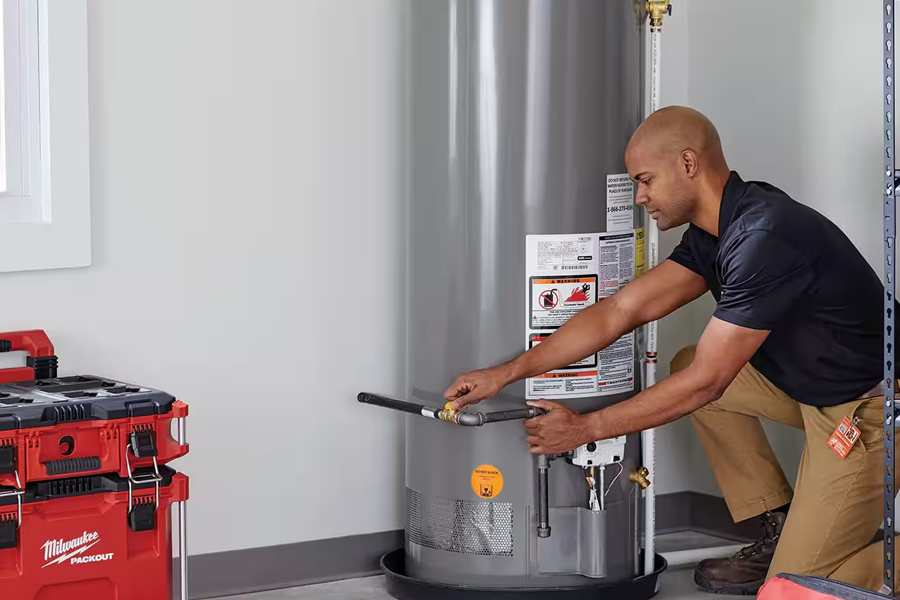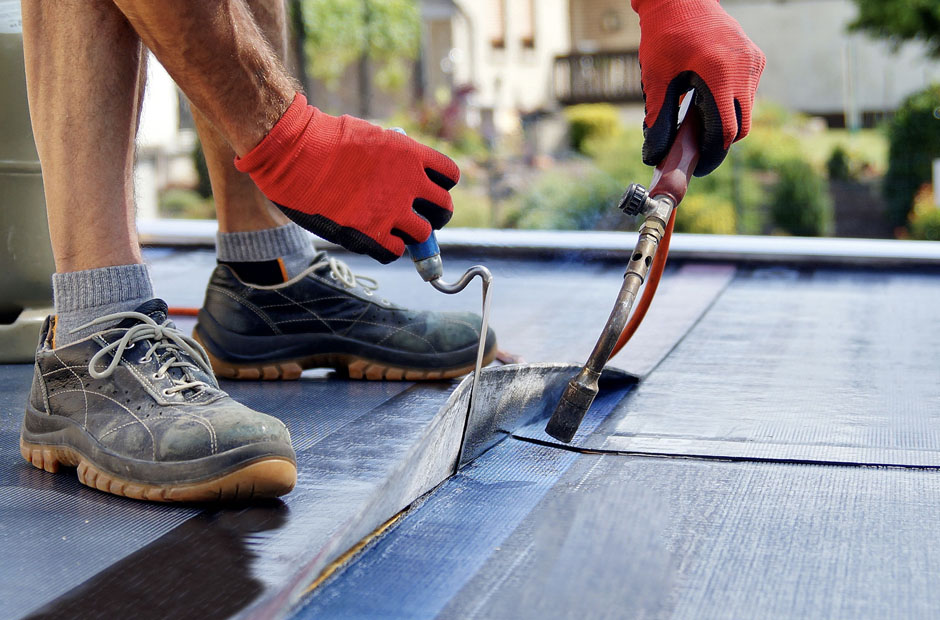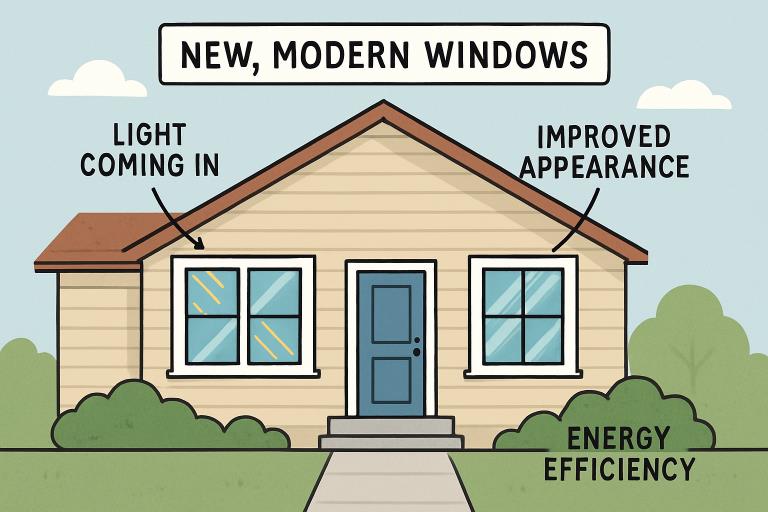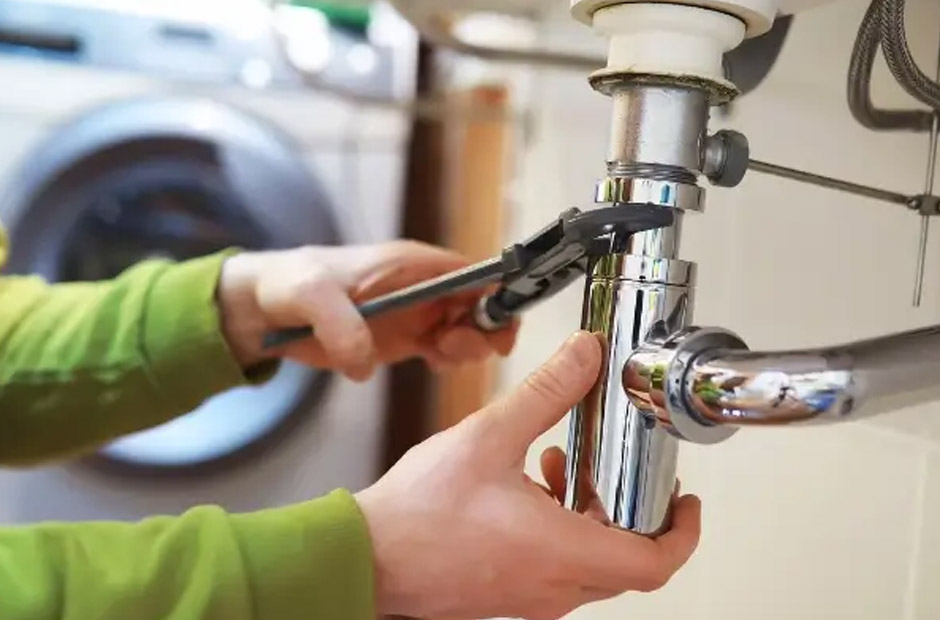Now Reading: Is Your Water Heater Big Enough for Your Household?
-
01
Is Your Water Heater Big Enough for Your Household?
Is Your Water Heater Big Enough for Your Household?

Understanding your hot water needs
Nothing kills the mood like the promise of a steaming shower that collapses into a lukewarm surprise. Hot water is one of those quietly dramatic home conveniences — you only notice it when it’s gone. Most households never stop to measure how much hot water they actually use; they just assume the tank will keep up. Spoiler: it doesn’t always.
Peak-hour demand is the pulse of your household’s hot-water life. It’s the busiest 60 minutes — mornings when everyone grooms, or evenings when dishes, laundry, and baths collide. If your heater can’t match that pulse, you get temperature dips, waits, and annoyed family members staging covert hot-water raids.
The hidden problems of an undersized water heater
When your heater is undersized, the effect is cinematic and unpleasant: the opening scene is a warm shower, the midpoint is lukewarm, and the finale is cold. Beyond lousy timing, an overworked unit ages faster. Heating elements or burners that run constantly wear out sooner, and your energy bill climbs as the system strains to keep up.
There’s also the quiet sabotage of inconsistent temperatures. The unit may deliver hot water initially, then falter — forcing intervals of 30–60 minutes between uses. That downtime is both an efficiency problem and a quality-of-life problem; it makes basic routines feel like logistical challenges.
How to calculate your household’s hot water demand
Start by tracking who uses hot water and when. Note your busiest hour across a typical week, and add the hot-water use of each activity during that window: showers, faucets, dishwasher, washing machine. A standard shower often uses 15–25 gallons; dishwashing and hand-washing are smaller slices, while laundry can swing from 15 to 40 gallons depending on the machine.
Add those numbers, and you’ve got your peak-hour demand. That single figure is what you should compare to a unit’s first-hour rating — the true measure of what it can deliver when it matters most.
Standard water heater sizes and capacity guidelines
Traditional tank water heaters come in familiar sizes: 30–40 gallons for one to two people, 40–50 for two to three, 50–80 for three to five, and 80+ for larger households or multiple simultaneous needs. Those are ballpark figures, not gospel.
Always match your peak-hour demand to the heater’s first-hour rating and factor in recovery rate — how quickly it reheats the water. Gas units typically recover faster than electric, so two heaters with identical tank sizes can behave very differently under pressure.
Signs your current water heater is too small
There are clear, telltale signs. Running out of hot water during normal use is the headline: you start a shower and someone else starts the dishwasher, and the temperature drops. Temperature swings during use — strong at first, then lukewarm — are another red flag.
If you find yourself waiting more than an hour between showers for hot water to come back, that’s a fairly reliable signal your unit can’t keep pace. Modern, appropriately sized systems should recover much faster in everyday scenarios.
Factors that affect hot water consumption
Family size matters, obviously, but lifestyle and fixtures matter just as much. Teenagers with long showers, multiple full bathrooms, and high-flow showerheads dramatically increase demand. Appliances are part of the equation too: older dishwashers and washers can gulp more hot water, while some high-end models add usage through special cycles.
Location and insulation play supporting roles. A heater in an unheated garage loses more warmth than one in a conditioned space, and better tank insulation stretches effective capacity by holding heat longer.
Energy efficiency and sizing considerations
Right-sizing is about comfort and dollars. Oversized units waste energy maintaining unused hot water; undersized ones burn out and cost more in utility bills. The smart choice sits in the middle: enough capacity to meet peak demand without a cavernous, idle tank.
Upgrading to a high-efficiency model can shift the calculus: better insulation, smarter controls, and faster recovery can let you get the same real-world performance from a smaller or similarly sized unit.
Tankless vs. tank water heater sizing
Tankless systems flip the script — they heat on demand, so sizing is about flow rate (gallons per minute) and temperature rise rather than storage. Add up the maximum simultaneous flow you expect (a shower is often 2–3 GPM; faucets less) and match that to a unit’s rating.
Tankless units excel at continuous use without running out, but they aren’t magic in cold climates where incoming water temperature requires a larger temperature rise; that can limit their effective output during peak demand.
Professional assessment and sizing solutions
A pro will look beyond simple math. Technicians examine plumbing layout, local climate, water quality, and your future plans to recommend the right system — whether a larger tank, a tankless setup, or multiple smaller heaters placed strategically. They’ll also flag installation needs like gas line or electrical upgrades.
Professional sizing builds room for reasonable growth: a family planning renovations or expecting more occupants should size with that future in mind, not just today’s routines.
Making the right choice for your home
Figure out your peak-hour number, compare it to first-hour ratings and recovery rates, and keep lifestyle, location, and future plans in mind. Properly sized equipment reduces energy waste and spares you the misery of surprise cold showers — and can save money over the long run through fewer repairs and replacements. Choose the unit that fits your rhythms, not the one that merely looks big on paper.
FAQ
How do I find my peak hour demand quickly?
Track your busiest hour for a week, add up typical gallons for showers, dishwasher, and laundry during that hour, and you’ll have a reliable peak-hour number.
What’s the simplest sign my heater is too small?
If hot water runs out during regular activities or you notice rapid temperature drops in the middle of use, your heater is likely undersized.
How important is recovery rate compared to tank size?
Both matter, but recovery rate is essential for households with back-to-back hot-water needs because it determines how fast the tank reheats.
Are tankless water heaters always better?
Not always — tankless units avoid running out but must be sized for flow rate and can struggle with very cold inlet water or extremely high simultaneous demand.
Can insulation or location make a smaller tank work?
Yes; better insulation and placing the unit in a heated area reduce heat loss and effectively increase usable hot water.
Should I size for current use or future growth?
Plan for reasonable future growth; sizing only for current use risks needing another upgrade sooner if family habits or household size change.
Is a professional assessment necessary?
A professional assessment isn’t mandatory, but it removes guesswork and uncovers installation or capacity issues you might miss.
How do appliances affect sizing?
Older or high-capacity washers and dishwashers increase hot-water draws, so factor appliance cycles and efficiency into your peak-hour calculation.





















